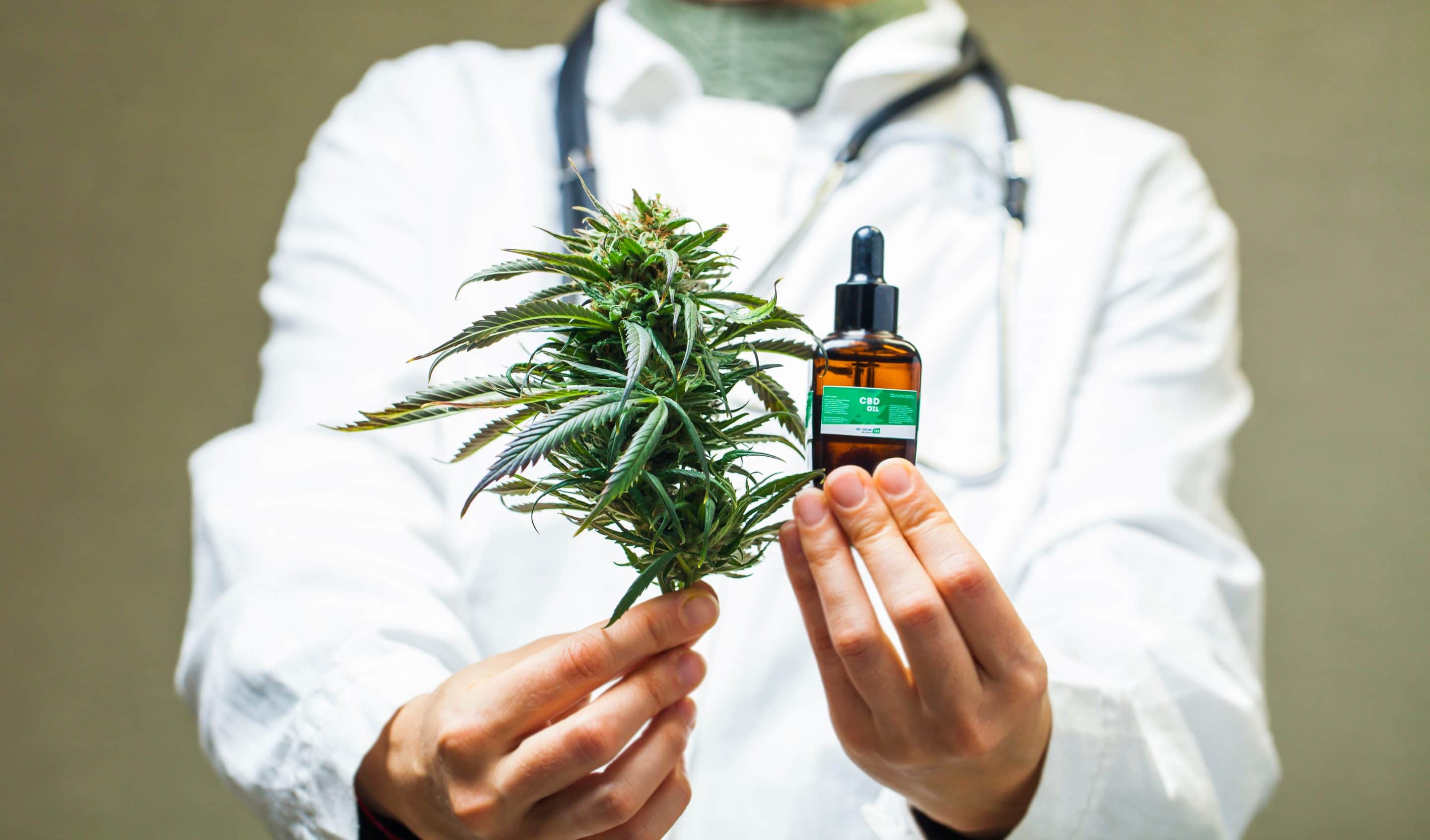Innovation developed from plants and plant-derived material can be substantial and includes biotech crops, food production, feed, fibres, fuel and pharmaceuticals. However, as detailed in Part 3 of our series on medicinal cannabis, it seems that Australian innovation in the plant space is not being adequately protected. This article considers the available options in Australia for protecting plant-based innovation, namely Plant Breeder’s Rights (PBRs) and patent protection.
PBRs
In Australia, PBRs permit the protection of a registered variety of plant. The duration of the protection is 20 years for most plants and 25 years for vines and trees. Only new or “recently exploited” varieties can be registered. A new variety is one that has not been sold with the breeder’s consent and a “recently exploited” variety is one that has been sold with the breeder’s consent for no more than 12 months in Australia or four years overseas (and up to six years for trees and vines).
A new plant variety can be established by identifying one or more distinct characteristics compared with similar known plant varieties and the characteristics must be uniform and remain the stable over the course of repeated propagations.
A registered PBR provides the applicant with exclusive rights to:
- produce or reproduce the plant variety material;
- condition the plant variety material for the purpose of propagation;
- sell the plant variety material;
- import and export the plant variety material; and
- stock the plant variety material for the above purposes.
Plant patents
Plants are also eligible for patent protection in Australia. Specifically, the scope of patent eligible subject matter for plants includes, for example:
- new plant varieties;
- reproductive material such as seeds, entire plants, and plant parts such as cells/cell lines or protoplasts; and
- plant-derived products including fruit, flowers, oils, chemicals or pharmaceuticals.
To obtain an enforceable patent right on a plant-derived innovation, it is necessary to satisfy the patentability requirements of novelty and inventiveness. The claimed invention also must be enabled by what is disclosed in the description of the patent application. In other words, the scope of protection that may ultimately be obtained will be determined on a case-by-case basis, depending on the extent of information that is known about the innovation.
New cannabis plant variety case study
The following theoretical case study illustrates how plant innovators may approach the use of PBRs and patent protection and the limitations and advantages of these protection systems for the protection of cannabis-related innovation. Consider a situation where a plant breeder has produced a new variety of cannabis plant that exhibits improved yields of cannabinoids or important secondary metabolites such as terpenes and phenolic compounds. In this case, the new variety would be eligible for PBR protection, provided it satisfied the “new variety” requirements detailed above. This would give 20-year protection in relation to the specific plant variety and related plant parts.
This new plant variety would also be eligible for patent protection. Broad protection could be pursued if, for example, the improved yield trait resulted from a specific genetic modification, which had been characterised by the inventors. In this case, patent claims could be pursued to any variety of cannabis plant having the specific genetic modification that produces the improved yield trait. This represents significantly broader protection than that available by PBRs, on the specific variety.
Concluding remarks
Testament to the importance of plant innovation, Australia offers two distinct systems, PBRs and patents, which may be used in unison to ensure the most commercially beneficial outcome for plant innovators. However, the use of these two systems and the scope of protection that is ultimately available needs to be considered and determined by an IP professional on a case-by-case basis.
Special Counsel at Pearce IP Jacinta Flattery-O’Brien is a PBR “Qualified Person”, one of only a handful of Australian patent attorneys authorised by the Australian PBR office to certify PBRs. For this reason, Pearce IP is ideally placed to provide strategic advice in relation to plant-based innovation in Australia and overseas jurisdictions.

